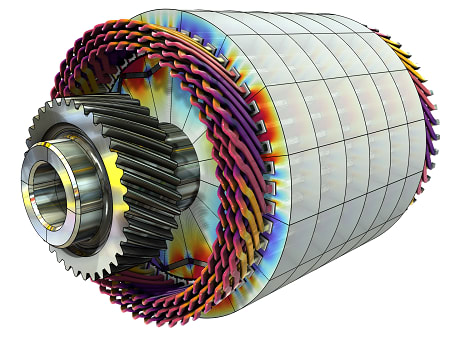chowles
Mechanical
- Jun 27, 2002
- 7
I am involved in an issue regarding the formation of an emulsion on a gas production platform. Currently, an emulsion forms downstream of the production separator due to high oil carry-under with the produced water being accelarated through the Pressure Control Valve.
We are in the process of changing the operating conditions of the platform, this will result in increased velocities in the production flowlines - there is a concern that an emulsion could be formed as a result of the increased velocities.
Does anyone have any experience of this probelm themselves, or can anyone suggest a specialist company or consultant who can help predict the likely hood of an emulsion forming and formulate a solution/preventative action?
Thanks




